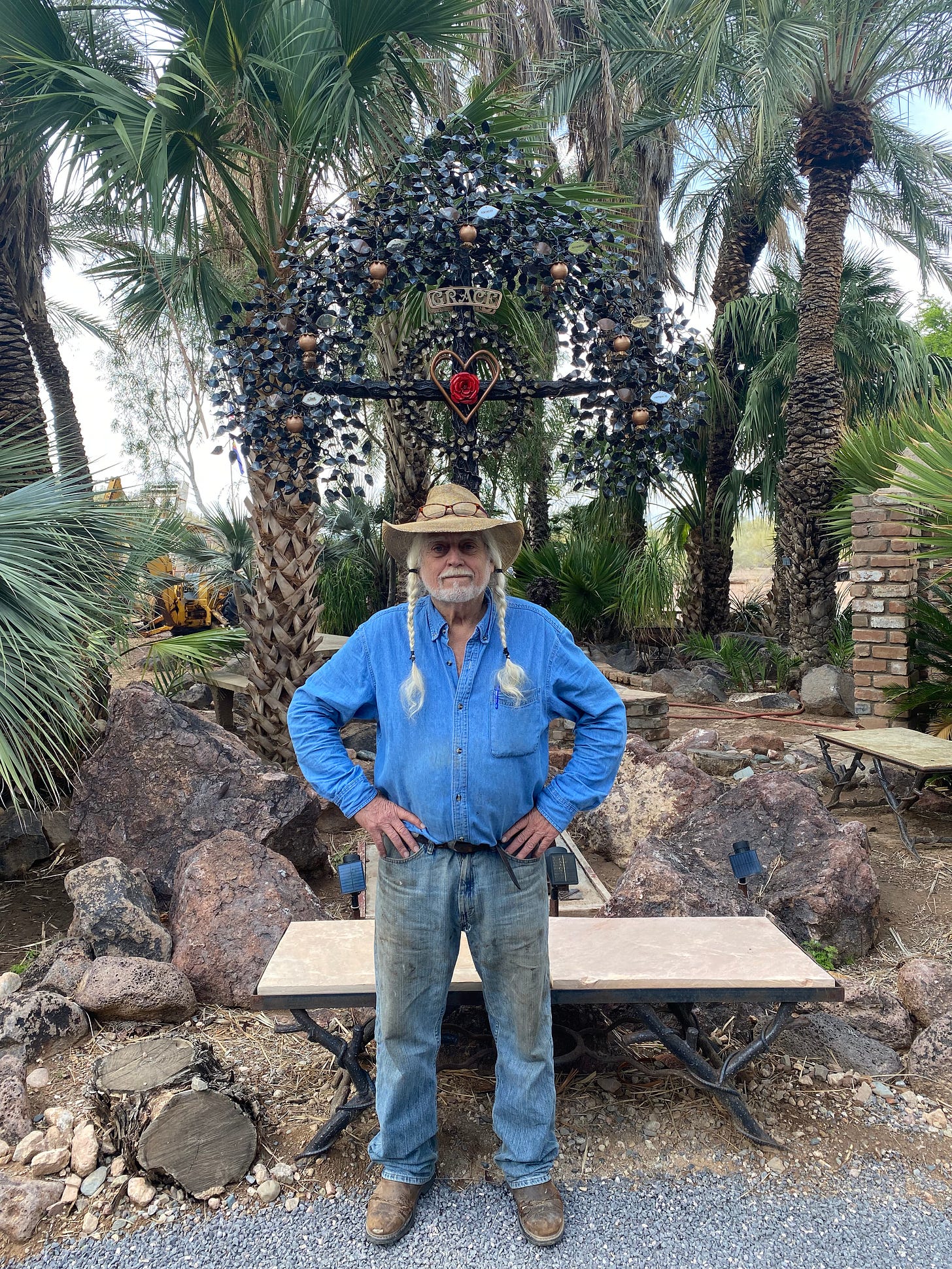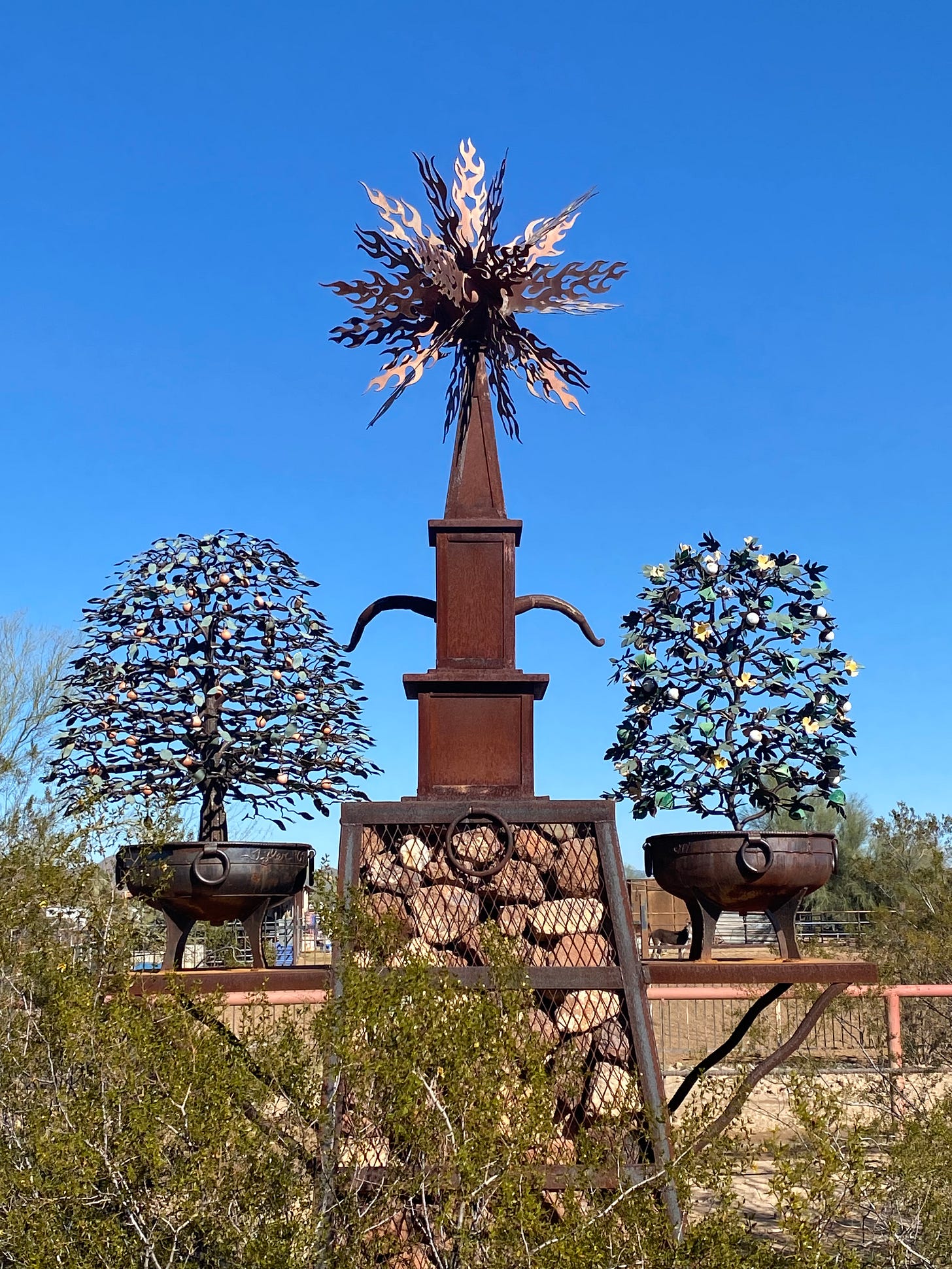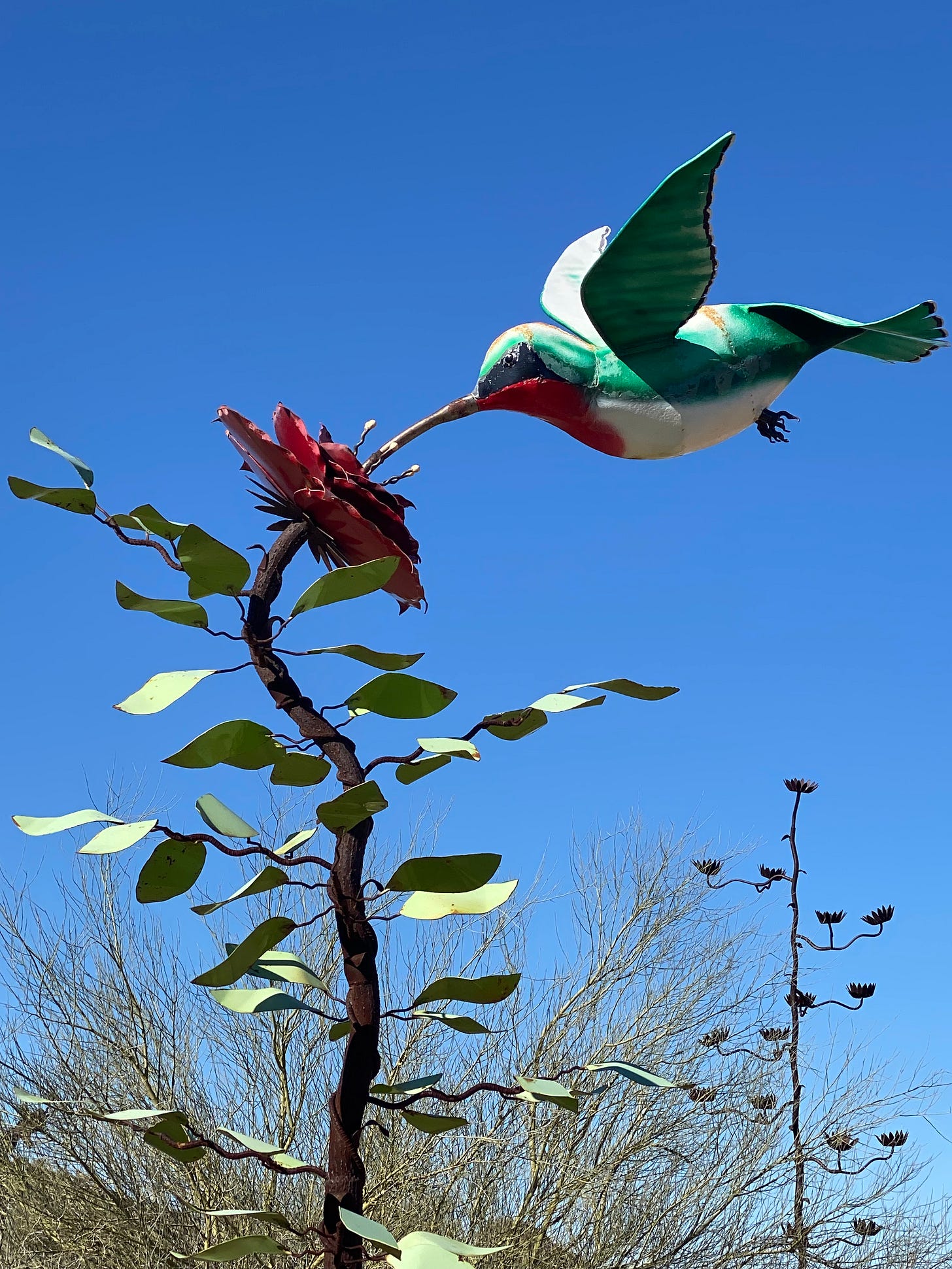In the March 27, 2025 edition of the New York Times, David Brooks contributed an opinion article titled, “A Surprising Route to the Best Life Possible.” In it he recounts the story of Haruki Murakimi, a mediocre student who went on to high achievement in later life. As Brooks writes, “The future novelist had trouble paying attention to what teachers told him to pay attention to, and could only study what he was interested in. But he made it to college, and a few credits before graduating he opened a small jazz club in Tokyo. After a ton of hard work, he was able to pay the bills, hire a staff, and keep the place open.”
While watching a baseball game in Japan, a thought crossed his head: “You know what? I could write a novel.” Brooks then recounts the arduous discipline it took for him to achieve his goals. Murakimi went on to become a famous novelist. “When one’s purpose aligns with their passion, people in this stage,” as Brooks tells it, “are living a life of leisure.”
The article by David Brooks reminded me of my high school classmate, Joe Tyler. He was senior class president, and I was student body president in the class of 1968 at Phoenix Christian High School. In 2018 we held our 50-year class reunion on his property in the Northwest corner of Surprise, Arizona, which displays dozens of his works of large metal welded artistry. While traveling in Phoenix recently, my wife and I stumbled on one of his displays at the Glendale City Hall honoring Veterans, dated 2002.
The Veterans Memorial at the Glendale City Hall by Joe Tyler, 2002
Another of Joe’s works outside the Surprise Library is a giant metal sculpture dubbed “The Learning Tree,” which celebrates reading.
The Learning Tree, a tribute to reading at Surprise Library, by Joe Tyler
I revisited Joe this week to further explore his life story. I wanted to discover how he ended up becoming a renowned metal sculptor artist with displays all over the Valley of the Sun in Phoenix, Arizona. What was his secret of finding the opportunity to devote his life to something he loved doing? Joe presents himself as he is, in his jeans, cowboy hat, and braided hair with a strong resemblance to Willie Nelson.
Joe Tyler in front of his signature piece: “Grace” with the fruit of the Spirit”
Joe recounted how from a young child he had been fascinated by plants. “My father died suddenly in an industrial accident when I was just 12 years old,” he told me, “so I grew up not knowing a father.” During high school he started mowing neighbors’ lawns to make some money. “I wanted to know the names of the plants, so I would label the plants. I would look them up in the World Book Encyclopedia. They all had scientific names, so I started paying attention to that, and I built my first greenhouse when I was in eighth grade. After high school, I attended Arizona State University and majored in horticulture.”
Joe said, “Dr. V.J. Miller, a professor of horticulture at ASU had a T.V. show here in town called “Gardening for Fun” on channel 8. For some reason he took a liking to me, and I took a liking to him, and he became a mentor to me. I had four or five people like that who came into my life and filled in that gap of not having a father. I was getting my degree in horticulture and went to work for the ASU farm, managing the greenhouse and worked my way through college in a job that had to do with my major, and I loved it.”
After graduating from ASU Joe secured a job with the Del Webb Company as an arborist to start a tree farm in the early development of Sun City. The wanted to know what trees to plant and where to plant them. During that time, he purchased some acreage in northwest Surprise where he planned to build a house someday.
“By that time”, Joe shared, “we were doing all the landscaping, growing the trees, growing the shrubs, so I got a landscaper’s license to do all that was going on in developing Sun City. I loved the trees, I loved the greenhouse – I loved everything about it. After ten years of working for Del Webb, I managed to buy the nursery. But then the nursery kept growing and growing, and got to be over 400 employees. I found myself not having any time to go out in the trees, not any time to go in the greenhouse…all I was doing was spending time in accountants’ offices, and I was in my mid-30’s. I never lost my passion for horticulture, but I was burnt out. There’s nothing glamorous about being the boss…nothing! So, I ended up selling that, and I took a job in charge of grounds maintenance at ASU, back in horticulture. We turned the campus into a university arboretum, labeling all the trees and shrubs on the campus. We started the date program, harvesting the dates for public relations.”
While working at ASU, Joe went on to tell me, he began tinkering with welding while building his house on the acreage he had purchased earlier in NW Surprise while working for Del Webb.
The house that Joe built – reconstructed from an old cotton mill.
“I wanted some art for my garden, and I went around to see if I could find some things – I couldn’t find anything that grabbed me, so then I thought, well maybe I can make something, so I made this and I made that, and learned to weld in more detail. I used to watch my father work…he made all our furniture – he was very talented. The artistic thing – I’d never really thought about doing it professionally, but I had some pieces out here in the yard, and somebody came over and asked, ‘How much do you want for that?’ I said, ‘What? I just made it for me – what do you mean how much do I want for that?' I don’t sell this stuff.’ ‘Well,” he said, ‘maybe you ought to think about it.’ “
“Well, the next thing I know I got a call from my wife, who had stopped off at the Sun City Art Museum. She told them about my work, and they said, ‘Well, tell him to bring a piece or two by.’ So I threw a few pieces in the back of the truck and went over and showed them, and they said, ‘How’d you like a one man show?’ And I said, ‘What’s that?’ I didn’ t even know what a one man show was. The show they wanted to do was about six months away, so I had time to make 30 more pieces for the show, and sold most of it in the show. So, I thought, ‘Wow! I can make stuff and sell it?’”
“I was still working at ASU, and the next thing I know I put in for some public artwork around the Tempe area….and lo and behold, I got it! Thirty artists might apply, then they choose 4 or 5 finalists, and you show them your work and they choose one. Artists get told no all the time. Anyway, I got three commissions from them. I had sold a piece to a guy from New York, and he had taken it back to New York, and about six months later I got a call from him. ‘I’ve got my buddy here from Japan, and he sees this, and he likes it, and he wants to know if you could make one like that….30’ tall.’ So, I said I could make a model of it and send it to Japan for him to look at. So, he calls me back and wants me to make two of them, to go into the lobby of a hotel he’s building on a private golf course in Japan. He asked if I would fly over there, spend a few months there, and make models for him so he can fine tune what he's looking for.”
Faced with staying at ASU or going on adventure, Joe decided to accept the offer and go on a 3-month trip to Japan. His client set him up with a cottage and a shop with welding capabilities where he made models of the metal sculptures. Upon returning to the U.S. he created the sculptures at his shop in Surprise, then broke them down to be reassembled in Japan. After returning from his second trip to Japan to finish the job, Joe gave his 3-month notice to ASU, and officially launched his new career….as an artist doing metal sculpture work for public works of art.
Joe said, “I kept putting in for public art, and kept getting enough work to keep going, and it just took off. But if you look at my work, the vast majority of my work is influenced by horticulture. So, I never really left horticulture. In fact, if the truth be known, to this day, I consider myself a better horticulturist than an artist. But that’s just my own personal opinion. Horticulture is something that I never left. I’m still fascinated by it. I still love to identify plants, look around and see all the botanical stuff the Lord has given us. I like to work. There’s nothing glamorous about welding…it’s hot, sweaty work. But you’re making stuff and if you like to work, take joy in your work.
But whatever you do, and I love to talk to young people about this when they ask, don’t just take a job because it pays well, like I’m going to major in this because those kinds of guys make good money….follow your passion, follow your calling. Be a good listener to what God’s telling you. I grew up hearing that from my mother when I didn’t know what it meant. But there’s truth to that. But if you follow your passion, and you’re good at what you do, and you’re taking joy in your work, it really doesn’ t seem like work, and the money will come…and give God the credit. It ain’t all about you buddy, get your ego out of the way. When I stand back at a sculpture, and I say this – just because it’s the way I am – I say thank you God for letting me make that. Thank you, God, for giving me the talent to make that. If you were not in my life, I couldn’t do this. God gets the credit.”
A prototype of the Phoenix Bird for a work of public art.
For the next several minutes, Joe and I reflected on our mutual callings – mine to the pastoral ministry, and his to horticulture and metal artistry. “But whatever one’s calling, that can also be your ministry,” he said.
In surveying the vast acreage on his 40-acre property, one encounters the true legacy of Joe’s tenacity in creating so many works of art. Most of these are smaller models of the giant pieces replicated elsewhere as public works of art. In the David Brooks article, he again cites Murakami, who wrote, “No matter how mundane some action might appear, keep at it long enough and it becomes a contemplative or meditative act.” Brooks goes on to say, “It becomes your natural way of living the world. Michelangelo once reported that things were only right with him when he was holding a chisel in his hand.”
An elaborate model of a larger piece of Joe’s work on public display elsewhere.
The same could be said for my friend Joe. “These days,” he tells me, “the only work I do, I do to maintain my sanity.” The rest of his time is given over to domestic duties and caring for his wife. But another project looms on the horizon for Maricopa County who has commissioned him for yet another art piece.
I called this article “The Accidental Artist,” but that’s not exactly true. Joe would argue that his whole life has been an unfolding of God’s plan for him. “Providential” would be a better word to describe how he found and followed God’s plan for him based on how he was created.
As we parted, I asked him if he’d be willing to host our 60-year high school reunion in another three years. “Of course,” he replied, “If I’m still here!” We climbed into his truck and drove the half mile down the pot-holed road that had filled with water from the prior day’s thunderstorm. “See you in three years,” I said.
For further thought:
How can a person find and fulfill their life’s calling like Joe did?
What does a person do if they are in a job that doesn’t fulfill their talents and calling in life?
How does one discern what God is calling them to be and do in life and career?
What if you feel like you missed your calling in life? What can you do in your later years to reconcile that feeling?
In conclusion: The one big thing I have continued to do has been to assess and coach people in their motivational core, using MCode, for motivation code. It is the best way I know of to discover what motivates you in life and to find your true calling and purpose based on your divine wiring. If you would like to know more and take the MCode assessment, or it’s faith-based version TruCenter, contact me through this Substack page or at richardbergstrom.com.
Dr. Richard Bergstrom is the President and Founder of ChurchHealth. He and his wife Leona are the co-authors of “Third Calling: What are you doing the rest of your life?” Together they have conducted Re-Ignite retreats across the country and around the world to challenge Boomers to continue to find purpose and passion in their later years. He can be found at richardbergstrom.com.
Here’s a few more of Joe’s sculptures on his property…..
Road Runner
Humming Bird
Joe in front of his welding shop where he creates his art work.
Notes: “A Surprising Route to the Best Life Possible,” by David Brooks, New York Times, March 27, 2005.













Excellent article!
Thank you, Richard. Joe’s story is fascinating; his talent is endless. Grateful he has been a part of our family’s life for decades.